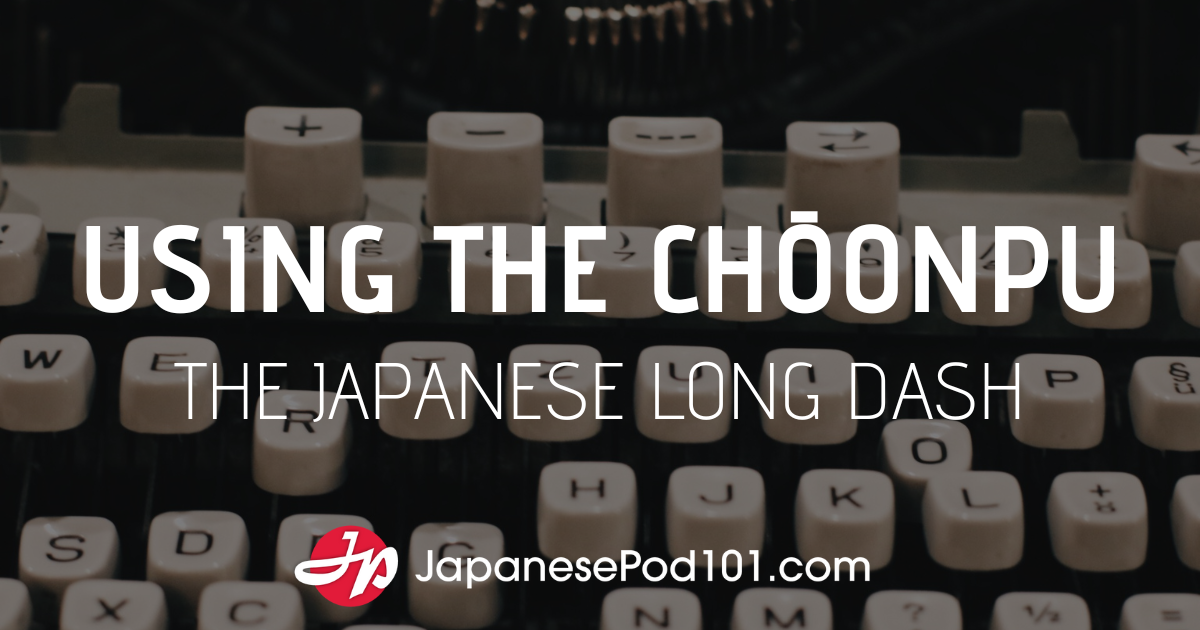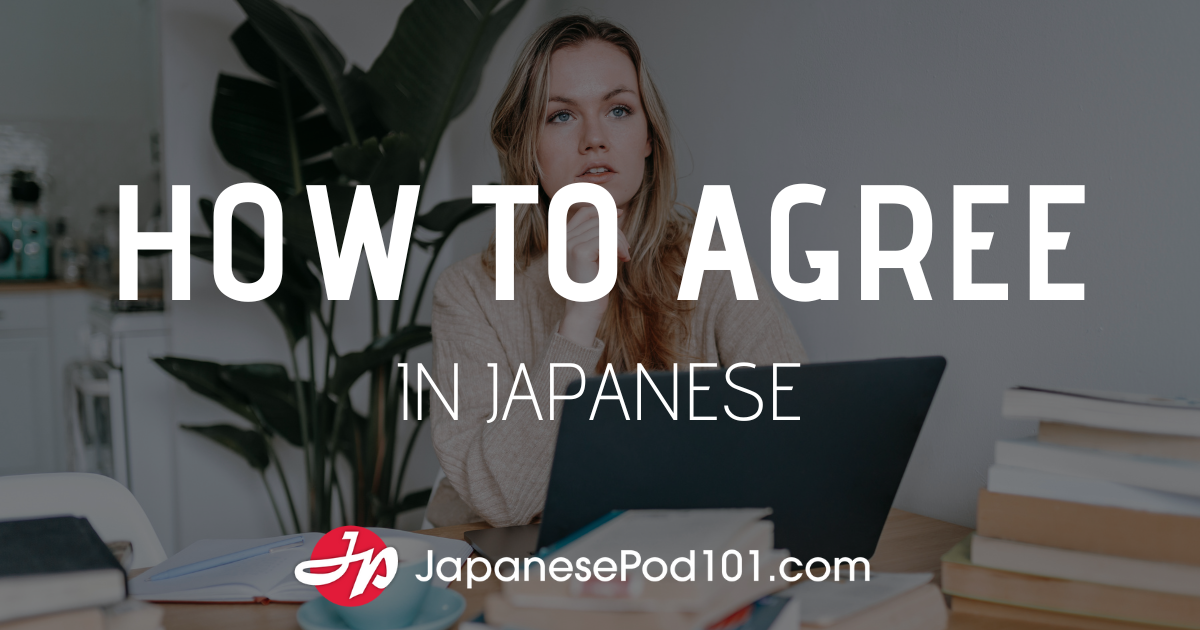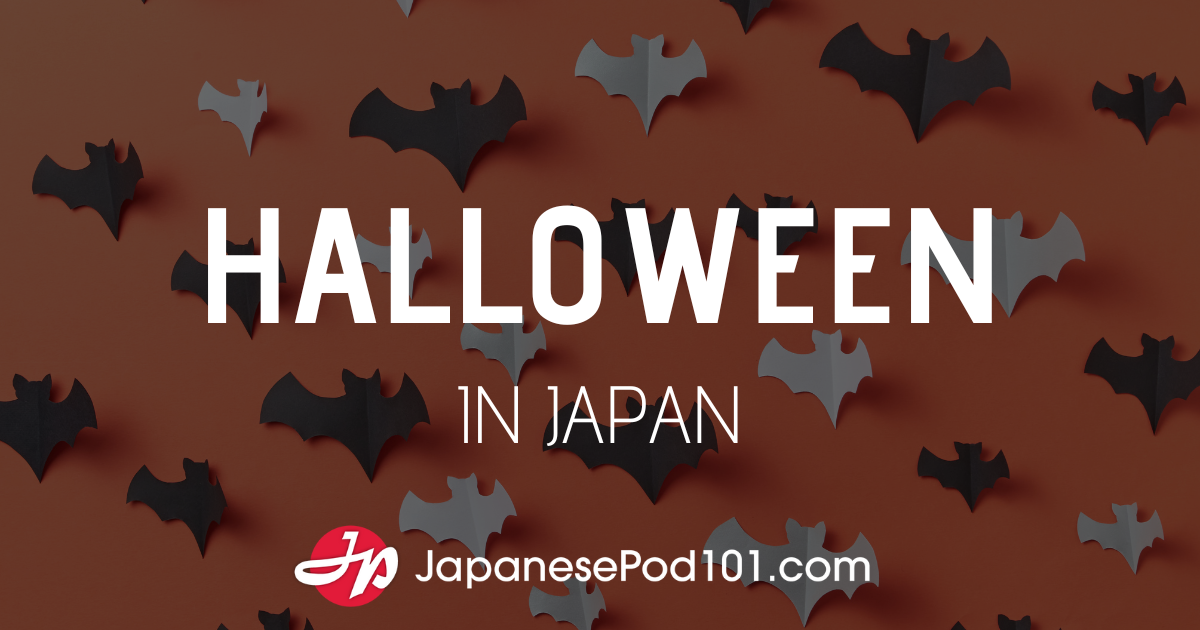| Quick Links Welcome to Kanji Curiosity | The Basics | Glossary |
One might think of a jumble as a negative thing: a massive ball of knotted string that takes forever to untangle, a scrambled mind that keeps nothing straight, a mess of feelings and problems that you can’t sort out, a messy house where you can’t locate what you need.
But there are also positive jumbles, and for some reason (hunger?!), I can mostly think of examples related to food: an appetizer sampler plate, variety packs of candy bars for Halloween, a stew. In fact, when you cook and mix things together, a jumble is often the goal.

Chaos of Color, the Big Hodgepodge
Photo credit: © John W. Hammond
Kun-kun 混 combinations formed with the yomi ma(zeru) often have to do with jumbles. They even sound like jumbles. Take, for instance, this word:
混ぜこぜ (mazekoze: jumble (of two or several things); mix)
Japanese usually write this word in hiragana.
The consonants z and k in mazekoze create the impression of chaos, just as the ateji term mechakucha (目茶苦茶: disorder, confusion) has the onomatopoetic feel of disorganization. Why should this be, when the repetition of syllables (ze in mazekoze, cha in mechakucha) create some semblance of order?

Loopy Glass Jungle
Photo credit: © John W. Hammond
With the yomi of ma(zeru), 混 plays into at least one compound with a pejorative sense, bringing us back to the downside of jumbles:
混ぜ返す (mazekaesu: to banter, make fun of (what a person says), jeer at; to stir up) to toss + to repeat
Ma(zeru) can also mean “to toss.” Given the breakdown, I suppose 混ぜ返す is like throwing words back in someone’s face.
But the next ma(zeru) jumble is neutral:
取り混ぜる (torimazeru: to mix, put together)
to take + to mix
And this one is puzzling:
かき混ぜ規則 (kakimazekisoku: scrambling)
to mix + rule (last 2 chars.)
Why is “rule” (規則, kisoku: rule + rule) at the end? And why does the word start with hiragana? I’ve solved the second question (see the next link), but I remain at a loss about the sudden appearance of rules inside our jumble. Maybe someone in Old Japan couldn’t tolerate the disorder for a second longer and decided to implement some rules!
Time for a Verbal Logic Quiz!









